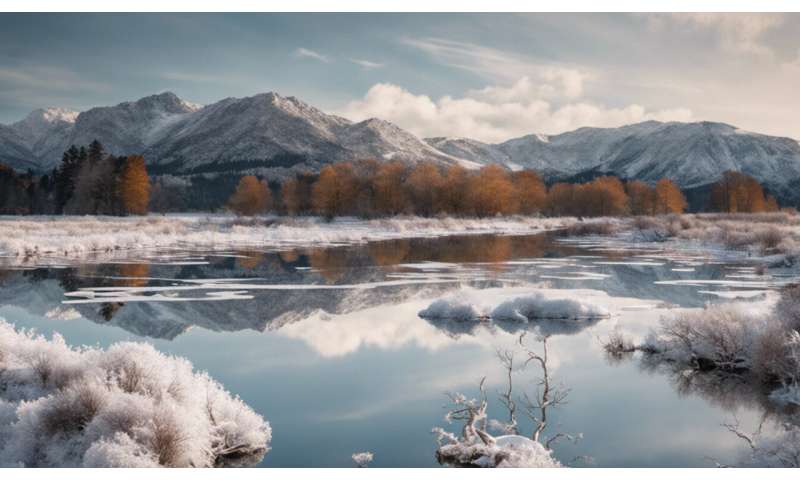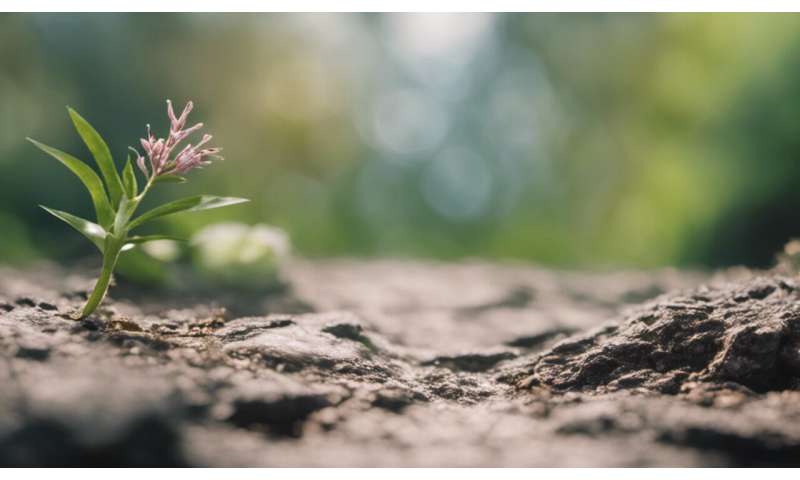

If you’re under 30, living in a city in the UK, and especially if you’re in an ethnic minority group, you’re likely to be considered less connected to nature or an “infrequent nature user” in academic research. This characterisation has consequences—if you fit this description, your voice is heard much less in debates about nature, conservation and wildlife than your wealthier or, if you’re a person of color, white peers.
But throughout my own research, I’ve found that young people in cities tend to value nature more than others realize. It’s not yet clear how young city dwellers have spent time in green and blue spaces during the COVID 19 pandemic. But whether it’s relaxing in woodland or in a beautiful park, these experiences are less accessible for urban residents and people of color in particular, who are already at greater risk of poorer mental health.
My colleagues and I recently interviewed adolescents and young adults aged between 17 and 27 who live in the city of Sheffield in the UK. None of them belonged to environmental advocacy groups or volunteered in green initiatives like urban gardening. More than half were living in deprived urban areas and half were from ethnic minorities.
We found that, even within the city, nature supported their mental health and wellbeing in many different ways. Nature can help young people feel accepted, offer escape and help them feel connected to something much bigger.
Trees, water and horizons
In the city, moments of intimacy with nature, observed from inside or outdoors, are fleeting. A squirrel at a windowsill, the sunset from a multi-storey car park, how the light dapples the pavement when filtered through a leafy canopy. These experiences conjured feelings of “calm,” “relief” and “peace” according to our interviewees, who found breathing space in the presence of trees, running water or open spaces with expansive views.
We heard how nature sometimes provides an escape from both the physical confines of the city and from difficult life experiences. Farida’s bench by the stream helps her “forget what happened and live day to day.” An urban park, for asylum seeker Rojwan, is synonymous with freedom.

The young people we spoke to even reported feeling a stronger sense of self through their experiences with nature in and around their home city. Feeling accepted and less worried about what others think, finding a welcome pause amid frantic daily life. For Mina, a walk on the edge of the city revealed “the trees, and how well rooted they are,” which offered a sense of security. Nature doesn’t notice Jen. It’s “indifferent,” and she likes that.
These occasions are also when memories of families and friends are recalled. Daleel’s time in the Sheffield Botanical Gardens cast his mind back to time spent with his family in childhood. Natasha’s spider plant connects her to those plants her parents and grandparents cared for, as the cuttings have been passed through several generations. These moments helped them feel they had a stake in a world worth caring for.
Connection and care
A typical schoolday for my own teenagers currently involves a strict 30-minute lunch break, corralled into the same basketball court each day, separated from the trees and grass opposite. Meanwhile, university students are stranded in student accommodation for weeks at a time. What can they see from their windows?
For those who are older, outdoor meetings with friends may be the best option for staying in touch. But many worry about how safe it is meeting outdoors in some parts of the city. Some of the people we spoke to mentioned that high public transport costs prevent them reaching parks where they might otherwise socialize. At least some of these problems could be solved by creating and caring for spaces close to where people live that are green, watery and rich in wildlife.
We shouldn’t glibly prescribe nature for anyone with a severe mental illness, but our research could inform proper support and care. The young people from our interviews described their experiences with nature as social and relational—a two-way street. This insight seems closer to the truth than the idea that nature is another resource that can be taken like a pill.
Source: Read Full Article